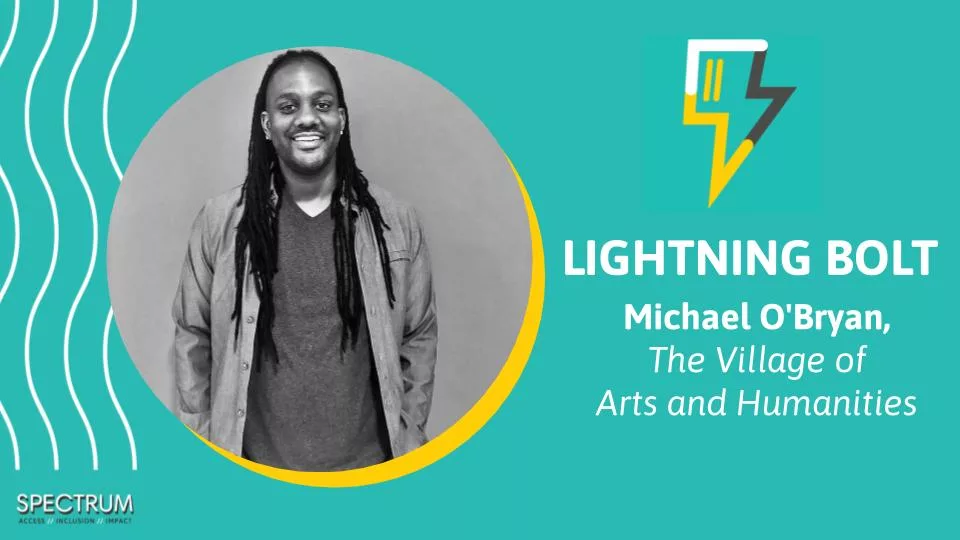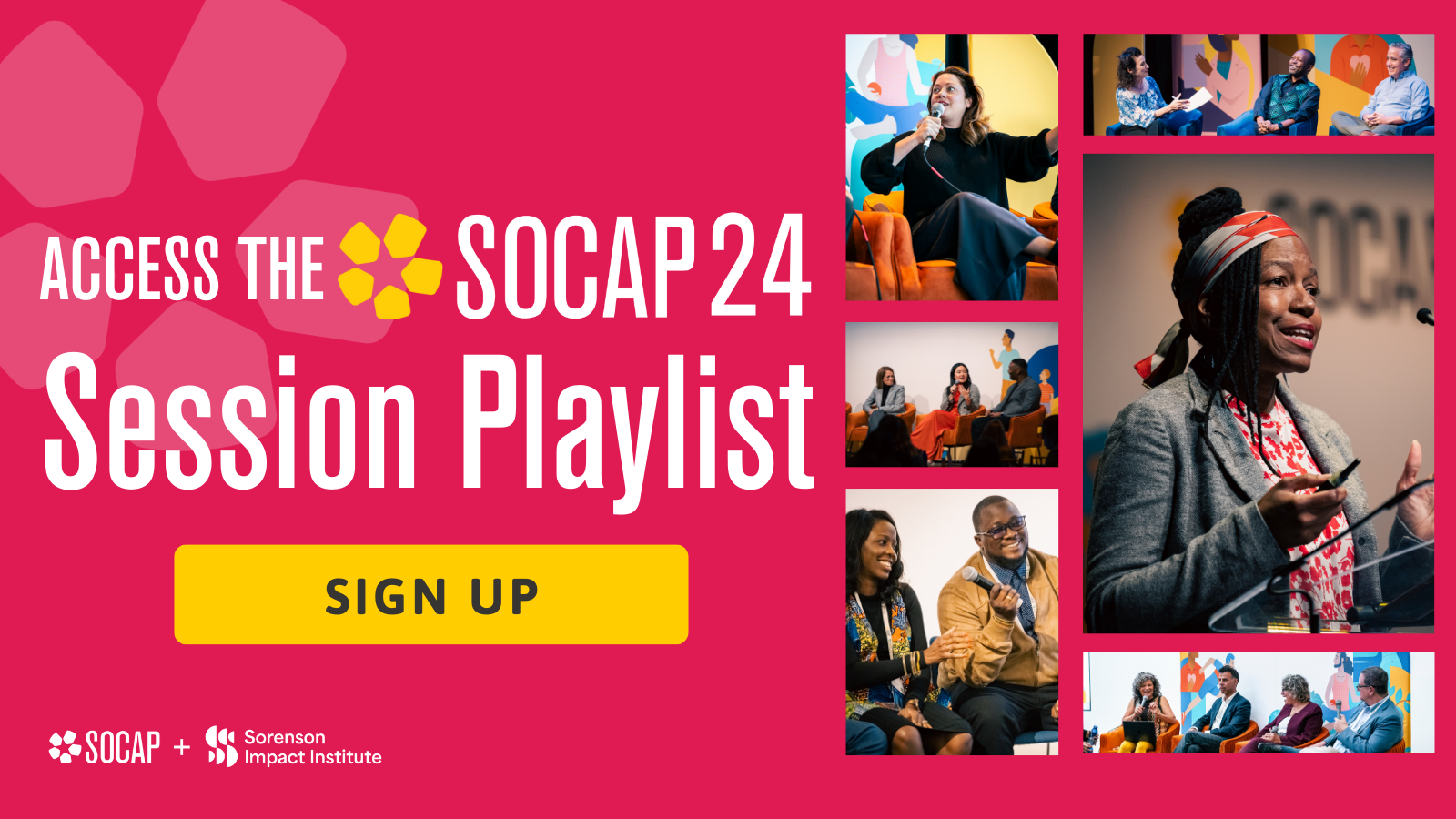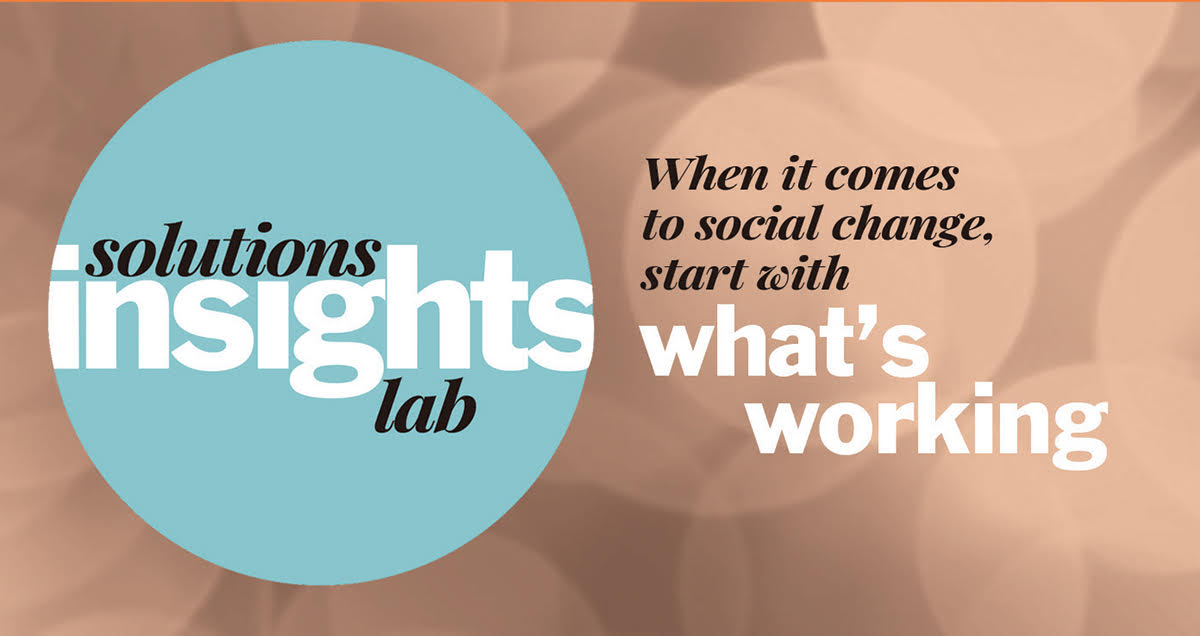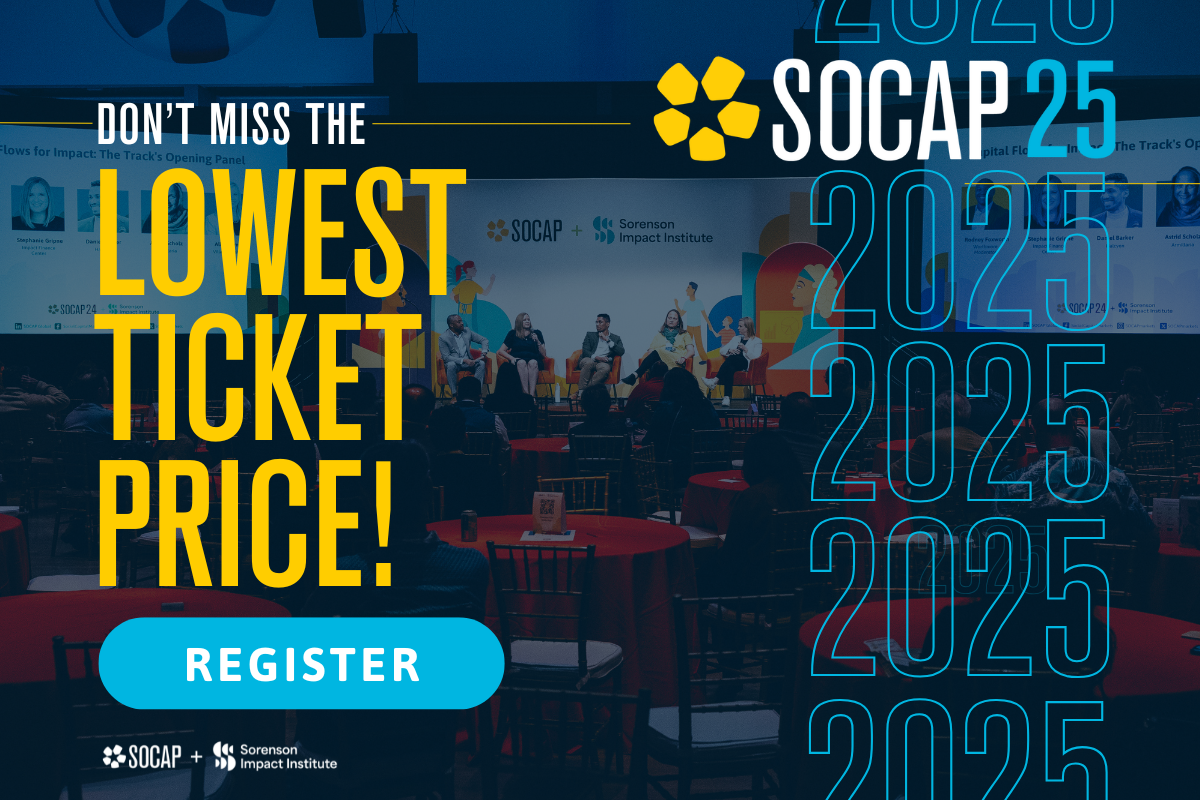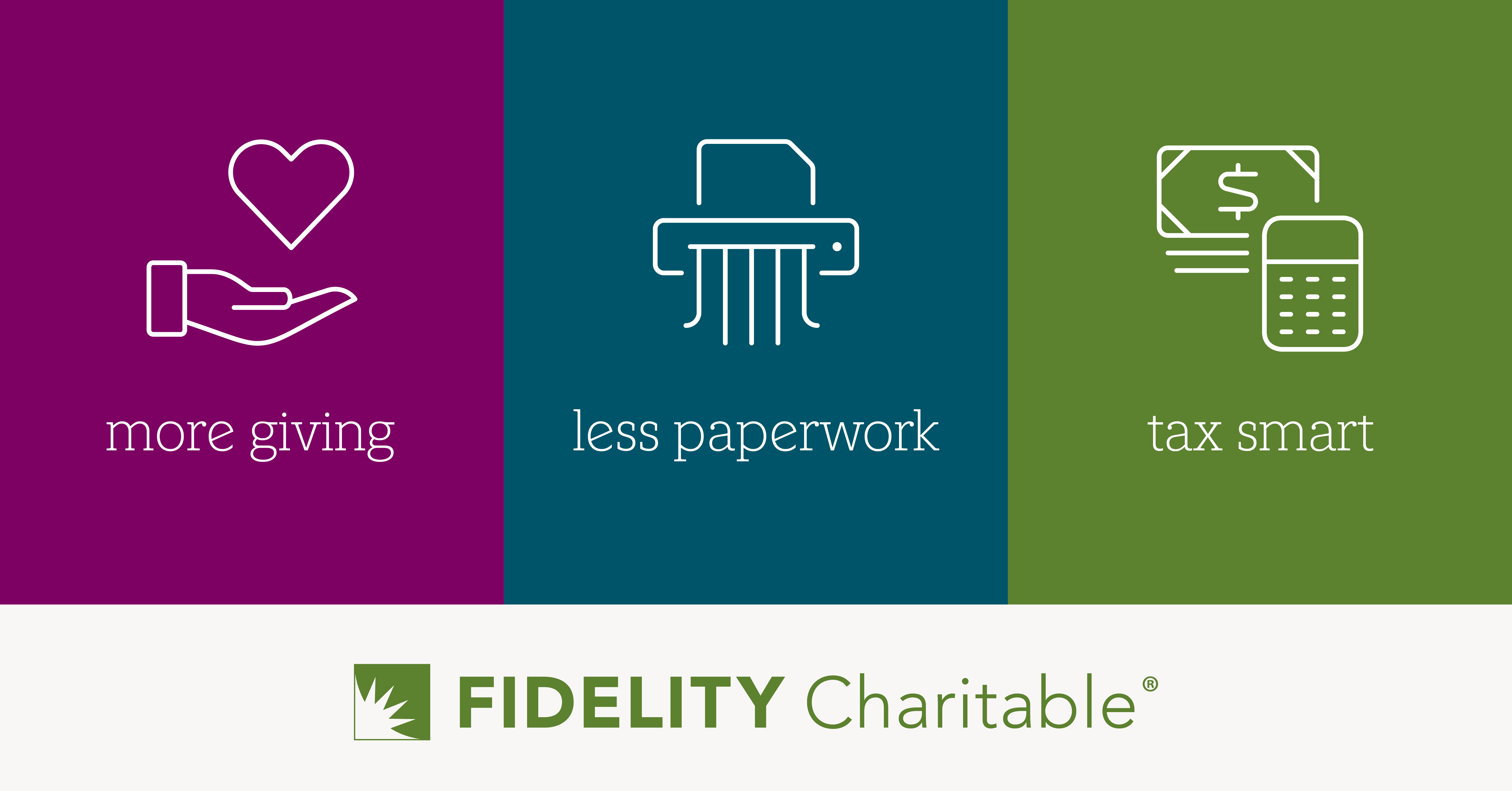Michael O’Bryan Discusses How Creativity and Imagination Can Help Innovate for a Better Future
Throughout history, mythology and folklore have been used for benevolent and malevolent purposes. They have been used to impart shared values within a community, and they have been used to perpetuate fear of other people and cultures. Michael O’Bryan wants to harness the power of creativity and imagination at this pivotal moment in history to build “future folklore” to inspire generations to come.
“I am terrified that in Philadelphia, we will find bullets in children,” O’Bryan said. “I’m just going to be 100% honest. The military and National Guard are patrolling neighborhoods. We have tear gassed children who are part of protests, peaceful protests. That is not the future folklore that I want my young people and my children to sit on 20 years from now. We have an opportunity to do something different, but we have to put the investments in.”
In this SPECTRUM20 session, O’Bryan, Director of Youth and Young Adult Programs at The Village of Arts and Humanities, discusses the intersection of creativity, entrepreneurship, and investing while delving into how the science of imagination can help build a more just, equitable future.
Watch the full session or read the transcript below.
Watch Future Folklore
Michael O’Bryan: Thank you so much for this opportunity to share some ideas and thoughts with you all. I hope you’re all having a great day. I hope you’re making time for joy, awe and wonder and some experiences for feeding your soul at this time in our country, where there is so much tension and unrest.
My name is Michael O’Bryan, and I am elated to be here. I want to share some ideas with you while I have your attention for a quick moment on this idea of folklore and this idea of future folklore. In this unprecedented moment, we have to sit at the intersection of a confluence of factors that maybe we had not had the chance to sit in at one time, with the kind of access to tools and technology that we have in this given moment.
So I love Brene Brown, I do. I think she is a fantastic researcher, thinker, human being. And one of the things that struck me in her journey was that she really posited this question to herself and then shared it with the rest of the world. She asked, what story was she telling herself about the experience she was having in a given moment with her husband? It’s in a famous TED Talk. And I took that same advice to my own life and found myself in situations where I would ask myself this question and immediately get to some core insights and some core attentions and some core conundrums that I had to sit in and reason with.
Now, my background is in music and theater and writing. I’ve had the privilege of having a career that has crossed multiple sectors. I’m heavily in the sciences now, in human development, but I still use creativity and art in my work. And the thing about all of my work is I center this idea of innovation. And I know innovation is one of the most overused terms to the point where it almost doesn’t mean anything, but in this context, what I want to think about is innovation, and I want to give you a definition that I hold true when I think about innovation.
Innovation is about blurred lines, and innovation is about taking things that exist in one space and moving them wholly over to another space to be used in ways that they might not have been intended to be used to address problems and challenges that they might not have ever been intended to solve.
And in this context, I’m not saying that Brene Brown didn’t posit this question for us to take to the largest concentric circle of the world, but I am going to posit that thinking in that way of moving the tool from one space to another, I’m going to ask this question, What story are we telling ourselves about the experiences, the tension, the unrest, the rebellion? I’ve heard all kinds of terms. What story are we telling ourselves about the moment we’re in right now, locally, globally, nationally? What story could we tell ourselves? And how could that story that we begin to reimagine, right now, support the development of infrastructures of wellbeing for our children to rest in and settle in as they continue through development? So that this idea of future folklore starts to sit in the myth, deconstructing the myth of our humanity and the mythos of human development in a way that moves us forward and shifts and restructures.
So, what do we know about our story right now? We know that the knowing human or homo sapien has gotten us here. We’re living out the impacts. In this space, to be a bit provocative, I want to put out some facts and some ideas that I think get lost very easily. Calling your attention to that book on the left, there is a legal scholar, last name, Whitman, first name James, wrote this book, “Hitler’s American Model.” Through his work as a Guggenheim award-winning scholar, he was able to throw a gauntlet down and say historically that there is enough evidence to prove that a huge influencer on Nazi race law and on Hitler directly was American race law — Jim Crow included.
We need to sit with that. And in many places in that book, he denotes the fact that there were times when Nazi race law deviated from American race law because they felt that the practice was too inhumane. We need to sit with that. And the reason we need to sit with this is because we hold up World War II and this whole Nazi endeavor as the most atrocious thing of the 20th century. And I don’t know that that is true. And here is this legal scholar throwing it out.
Here, I’ve shared a picture of Lewis Terman, who was the president of the American Psychological Association. In the early 20th century, he took the Binet IQ test from France and, while he was tenured at Stanford, worked with the team there to translate it into what became the modern IQ test, the Stanford-Binet IQ test that then went on to undergird American eugenics. This is our history and we have never wrestled with the mythos of humanity that comes from this space, that is impacting currently what we see transpiring in the world, but particularly in our country. I’m going to try to move fast. I’m a little passionate.
So here’s where I think we have this interesting opportunity again for innovation. Artists, creatives, we work with narrative 24/7. We work in the space of meaning-making 24/7. It is wholly possible — in fact, I’m going to take a step beyond wholly possible — I believe it to be true that art and creativity and all the things connected to the creative endeavor and the creative nature of our humanity has been sequestered to utilitarian ideas and over-capitalistic ideas around commerce. And we have now relegated our best tools and are re-imagining the mythos and the mythology and the folklore around our humanity into spaces that are just about consumption. Mostly. I’m not going to say everyone, but mostly.
And so what’s it like in the space of true innovation to take these artists’ and creatives’ process and move it into wholly separate sectors, places to attach it to problems and challenges that need to be answered. What’s it like to set them free?
And so to do that, I think we’ve got to get into a little bit of nuance around the mechanics of our humanity. In deconstructing the current myth, we’ve got to get into the nuances and mechanics of our humanity to begin to think about how do we build this new narrative? How do we build this future folklore?
Our development is in four parts. This is pretty much unrefuted developmental science, biological, psychological, social dimensions, which probably make the most sense. I don’t need to explain it, but spiritual is not religious. Spiritual is about meaning-making. Human beings make meaning. Our species, homo sapiens, make meaning out of everything even when there is no meaning inherent. Just go to an art gallery and walk around and you will start making up stories and making up meaning out of what you’re seeing, even when the artist intended no meaning.
What bigger meaning do we have to wrestle with than life or death? Who am I? Who can I be in the world? Who do I want to be in the world? Where do I come from? What does it mean?
The other mechanics of our humanity is imagination. There are two nuances with imagination I want to put out. The first one is that this is fascinating research that pretty much proves, I won’t say it’s irrefutable, but there’s a lot of research in this area where regardless of the type of distance, whether it’s physical, psychological or social, if something is distant from you in any of those categories, you imagine with words in relationship to that thing. Things that are closer to you, much more proximal, you will imagine with picture and by default, metaphor.
Here’s the fascinating part about picture and metaphor, artists work in this space around picture and metaphor. And one of the things that we’ve learned in terms of neuroscience and our brain and social cognition, the parts of the brain that deal with cognition and the parts that deal with emotion are heavily subsumed within each other. In fact, The Center for the Developing Child at Harvard has a working paper on this that you actually can’t fully pull them apart from one another. Antonio Damasio, one of the greatest thinkers on the planet right now, in my opinion, has a brilliant article called “We Feel, Therefore We learn.” Cognition, emotions, tied hand in hand. Art making as a process, we know, is heavily tied into the emotional parts of the brain.
The other part of imagination. You have complex symbols — a number of them — for every word that you have. But here’s the flip side, you have symbols for things that you don’t have words for. So it’s possible to have symbols for emotional experiences and feelings and ideas without having words for them. And I think we have to sit in that.
And again, I go back to artists and art making. The art making process, regardless of its capitalistic end point, the process of making the art is completely subsumed in the emotional parts of the brain, as much as it’s subsumed in the cognitive parts of the brain, because they’re shared. And with imagination as a construct of our humanity, what starts to matter is how distant or close are you to the person, people, things, or story that you’re trying to engage with?
So what are the stories and myths, symbols and images that we engage with? Here’s the thing about folklore or myth. These are tools, artistic tools, from our history that are about frameworks for shared meaning. If I had time, I’d give you an entire anthropological dig on why art making was a part of a larger cultural process and our human history. It was a part of indoctrinating the young into the social constructs of the group. It was about teaching the history of the group, ways of teaching ideas around healthy masculinity in the group. We’ve lost that, but we’ve not lost the use of myths. Things like welfare queens, things like food stamp presidents, things like anchor babies, these are myths that are anchoring how we navigate and maneuver through the world and even think about who’s deserving of citizenship, who’s deserving of humanity, who’s deserving of innocence, who’s deserving of support.
And so here’s where we have this interesting opportunity. Empathy is an opportunity, there are a number of definitions for empathy based on who’s the researcher and what the constructs and constraints are. But what I’m going to submit to you is that empathy connected to activity, not just resonate emotional feeling, works best when it starts as a selfish endeavor first. And what I mean by that is you will never be able to understand the experience of someone who’s had cancer, unless you have cancer. And to assume that you can know that experience actually minimizes that person’s experience; it minimizes their narrative. It diminishes their personhood and robs them of their humanity. You will never know what it’s like to have cancer, unless you have cancer. I will never know what it’s like to be a woman, unless I was a woman. You will never know what it’s like to be Black unless you’re Black. I will never know what it’s like to be a migrant, unless I’m a migrant.
These are just the truths of our experience. But to the selfish point, if we lose the attachment to understanding the social factor — race, identity, point of origin, medical designation — if you lose that and begin to sit in an understanding of emotional experience, so for example, I might not be a woman and know what it’s like to walk in a world where it’s culturally appropriate, though it’s completely inappropriate, to talk about a woman’s body, just however you want. On the flip side, I know what it’s like to feel powerless. I know what it’s like to feel helpless. And I know what it’s like to feel a lack of control, to feel disoriented or confused.
So I might not understand the social factor, but as a starting place, I can locate on the inside of myself, using my imagination of my own experiences and calling on my own memory, recreate for myself, those emotional experiences. And then ask myself a key question. I don’t understand the social factor that might be producing this emotional experience in another person, but I know what this emotional experience felt like for me. And because I don’t know that social factor, I can’t even imagine how this emotional experience might be magnified times 10 for that other person. Therefore, how can I show up as a better listener? How can I show up with resources before that person even has to ask me for resources, build trust, and then ask them for resources, but not show up empty handed to the table. How can I be a better ally, accomplice, comrade?
I do not need to get lost in trying to figure out what it’s like to be something I will never know unless I have that direct point of experience, but I can start first locating this emotion on the inside and using that as a bridge, I call these empathic bridges through emotional experience to get to a place of truly inspired, motivated, empathic residence and activity with another, on behalf of our humankind.
Whew, I’m all riled up. I’m about done. Getting to the end of this whole thing, these are my takeaways for you. We’ve got to release artists to begin to help us do this work of re-imagining our humanity, starting with a process that allows us to sit in our emotional experience to close the distance gaps. That’s the whole point here with the science around our imagination. If I can get you to imagine with me about myself, yourself, others, through pictures, there’s an emotionally visceral response there that words will not have. People are not words; people are not line items in a budget. People are nuanced and complex, and they have histories. Our nation has histories, our nation has tension and chaos that we have got to make sense of. And in the space of complexity theory, it is narrative that does the sense-making amongst all these varying factors and social influences and things that you have to put into a pot and kind of figure out, what is the meal here? And what are we serving?
So the first thing I need you to do is find an emotion inside yourself as a touch point to understand another person’s emotional experiences with the nuance of understanding that it’s still falling short of what that person is really experiencing in that moment.
The second thing that we need, we have to invest in our shared humanity and our shared future. We have to invest time, money and other precious resources in a reconciliation and healing process that ensures that all of us are on the path to manifesting our full human potential. Point blank. We cannot afford not to any longer. I am terrified that in Philadelphia, we will find bullets in children. I’m just going to be 100% honest. The military and National Guard are patrolling neighborhoods. We have tear gassed children who are part of protests, peaceful protests. That is not the future folklore that I want my young people and my children to sit on 20 years from now. We have an opportunity to do something different, but we have to put the investments in.
I’m going to end with this last, quick example. Shell, as a company, does projections for their financial health into the future, sometimes 30 years out, using this mix of narrative folks, creatives, economists, et cetera. And they do it through story-based work. They build scenarios, make sense of it then release the projections. People have, from that world, gone over to South Africa to help design the transition out of apartheid. The narrative folks, the creatives, went. We have that opportunity here, not without investment in time and resources. Thank you so much. I appreciate you all.
Nadia Brigham: Thank you so much, Michael. You have time for a few questions?
Michael O’Bryan: Sure thing.
Nadia Brigham: You started off the presentation asking us the question about what story we’re telling ourselves, but I wonder if you could answer that question. What story are you telling yourself about this experience that we’re having right now?
Michael O’Bryan: The story that I’m telling myself right now is — it’s multi-layered. There’re a couple of stories colliding. The first is that we cannot rush to solutions before we have adequately framed the problem. As a consultant, most of my work is incubating other people’s problems to do this activity I call putting the corners on the puzzle so we can figure out what exactly we’re looking at to then iterate solutions. But we’re running at solutions without investing and putting the corners on the puzzle. That terrifies me, it scares me, but I know there are people that want to figure it out. And that’s the second part of this story I’m telling myself. I might feel like there aren’t people because we’re kind of disconnected from one another, who really want to do this type of investigation and investment, but they are there and it’s my job to find them and connect. And I’m working on that.
Nadia Brigham: Yeah. I’ve been having this very conversation about people moving quickly to solutions. And what I find is that it’s wrapped, particularly for those good-intentioned white folks who are trying to be part of the solution and not part of the problem and want to be allies in this work, it’s to get rid of the guilt and the shame. And I find that the guilt and shame is developmental, and that if you don’t sit with it and work through it, similar to the pain that we experience in death or a transition in life. And we don’t like to sit through that, but I actually think it’s developmental. And on the other side, you have this way of being able to relate. And I think it connects to what you were talking about in terms of starting with empathy.
So particularly, if white folks turn too quickly to solutions, they miss out on the bridge that you were speaking about. And so I wonder, and I’ve been seeing that, not able to, I’ve been just thinking about the 20 children in Connecticut who lost their lives and how much I cried for them. And this opportunity where we have these tears related to all of these deaths in our community and how we create the bridge to be better listeners or how we enlist those folks to sit with their pain, just so that they can empathize. How do you see helping white allies in particular being able to do that?
Michael O’Bryan: Yeah. So a couple of thoughts in this area. I think that’s a fantastic question. And this goes back to that piece around the science of imagination. And if I had time, I would dig into all that nuance. But again, when things are distant from you, you can reason with them with words. Words are abstract, the linguistic parts of our brain, in terms of writing and literacy in its overly literate format as we know it, it’s a later construct for us than picture, we were pictographic. And doing demonstrative things with narrative and storytelling for meaning and building groups — in fact, there’s a lot of research from the evolutionary psych and evolutionary biology and anthropology that talks about storytelling being the thing that helped us form groups and music-making being the things that helped us form groups.
What I would position the white people with a real serious question, “Are we a part of your group?” If not, then we’re going to have to do work to bridge and to bond. That’s really technical language from social capital theory, but it’s real. We have got to figure out how to get from being words on a page for you or symbols of destruction for you, symbols of chaos for you, symbols of antagonism for you to symbols of shared humanity for you. And I do think artists, artistic process, there are ways to take those tools that we have and situate people in experiences with one another, where again, using the empathy bridge building framework. If you can identify with me through an emotional experience around powerlessness — this is me surmising, and I want to do research on this — I think we might begin to shift distance psychologically and socially. Because now you’re not an other, now we have some points of identity.
We see this happen with policy. The moment folks on the GOP side had their children come out and be like, “I am gay, I am bi, I am X,” all of a sudden the political will started to shift because no longer was the LGBTQ person somebody over there that you can reason with in terms of words and line items, it was now your daughter; it was now your son, your uncle, your nephew, whatever. And it shifted the whole way that empathy operationalized itself. So again, I have thoughts on designing those kinds of experiences and projects that I’m working on in Philly, that are doing that around employers and community members and funders, et cetera, but I think there’s something there for us to explore and invest in.
Nadia Brigham: I appreciate that. I’m glad you answered that question about connecting to humanity because I often don’t feel like folks can actually see us as human beings. And that is what you’re speaking of. So I’m going to skip to this last question in the interest of time. So I spend a lot of time making connections and, Michael, I have got to spend more time with you.
Michael O’Bryan: I would love that.
Nadia Brigham: This is a fascinating conversation. I spend a lot of time making connections between the different components that you spelled out across biology and sociology and that sort of thing and spirit. But I don’t want to take for granted, as we’re here talking about entrepreneurs of color and advancing impact and inclusion and access to them, that folks are making the connection between art and the importance of art and entrepreneurs. And so I wonder if you could just spend just a moment helping folks make that bridge.
Michael O’Bryan: Sure. I’m a creative. My undergrad is in music. I went to a performing arts high school for theater. I grew up really poor. There’s a whole narrative there I’d be happy to share with folks that were interested in another time. But what happened with me in relationship to arts and entrepreneurship — and I’ve done lit review work around this because I wanted to make sense of it for myself and for what I saw happen with other people — there are skill sets that are core to our humanity. And what I found is that researchers that look at the future of work, resilience in the face of automation, how are we up-skilling and re-skilling with the way that automation is changing the world? And in the context of COVID-19, that’s also become a huge conversation.
Interesting list of skills there that we traditionally consider soft skills, emotional intelligence, social intelligence, blah, blah, blah, creativity, all kinds of things, conflict resolution. These are skills that the artist is developing hand over foot over and over and over again. People ask me all the time, “Where did you learn your organizational psychology stuff?” I said, “Theater first. Then I went and got the book knowledge,” but theater is all about ensemble work. It’s about listening. It’s about problem solving. It’s about collaboration with your director. All that being said, there’s a second list of skills that I’ve found that mirror that list of skills around resilience in the face of automation. And that second list of skills came from organizational psychologists who would study it. And folks from schools of management who were studying what they call leadership domains and character traits of successful CEOs and entrepreneurs, literally the same list.
And I looked at them, I was like, “Well, this is fascinating because this is about up-skilling, re-skilling, upward mobility within the org.” Because the idea is you want to be a business owner or be in leadership, and here are the skillsets that people say are worth it.
Last list I found, positive psychology and other folks in the space of mental health and wellbeing did 50 years of lit reviews styled research and found that there was a list of what they called character virtues and skill sets that buffer the deterioration of one’s mental health or psychopathology. Same list.
So whether we’re talking about resilience in the face of automation, as it relates to workforce development and economic development, inclusive economic development at that, equitable economic development at that, whether we’re talking about upward mobility, re-skilling up-skilling, entrepreneurship support or someone buffering the impacts of trauma and their own mental health in the face of chronic stress and adversity talking about the same impact of human skill that only I know art builds the way that it does.
And there is enough proof to say that arts, sports is a close second, but there’s something that art does that is verifiable, even down to memory cortisol levels and stress levels in the body. People who hated making arts still had the cortisol levels in their bodies reduced. So this is where I think we need to be investing, interrogating, and research, pulling apart and looking at that nexus of stuff and going, “What can we learn about our humanity from a shared perspective? And then how do we take what we’re learning and apply it to the spots that are hurting the most to make sure that people have equitable access to skill development?” And again, artists and creatives are one part of that process.
Nadia Brigham: Yes. Michael O’Bryan, thank you so much for your time, your energy, your investment in this conversation.
